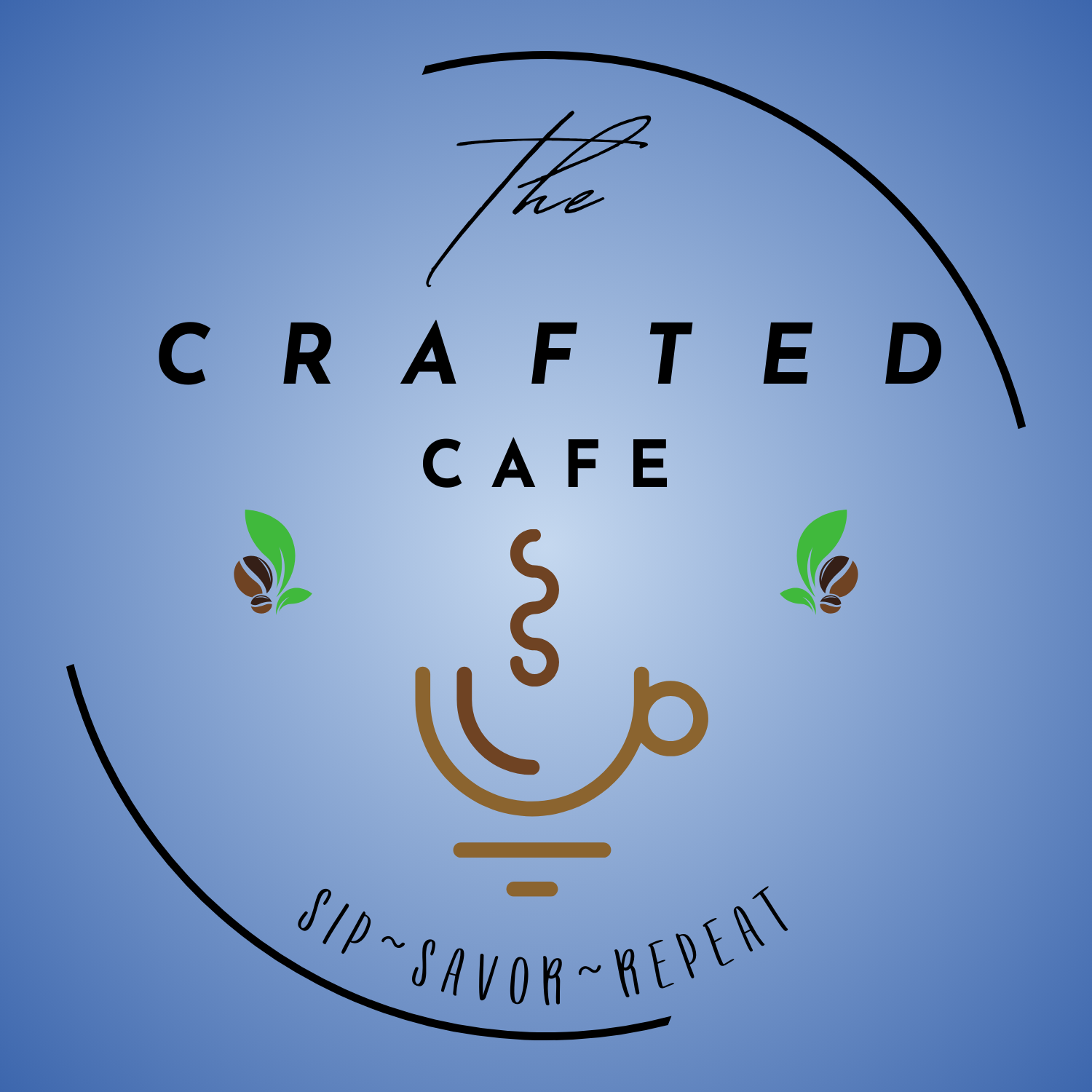Process of Making a Perfect Latte

Share
Creating the perfect latte is truly an art form.
To begin with, you’ll need freshly ground beans to provide a robust, full-flavored coffee base.
That means, of course, you will start off by brewing a shot of espresso.
For your steamed milk, the type of milk you choose can play a big role.
While the traditional option is whole milk, you can also choose from non-fat, soy, almond, or oat milk, each offering its unique flavor and texture to the latte.
Steam your milk until it reaches a velvety, rich texture that balances the strength of the espresso.
After brewing your espresso shot, pour the steamed milk directly into your cup.
The two elements should combine seamlessly, creating a uniform layer of creamy milk atop the robust coffee.
Latte art, though optional, can add a touch of sophistication and aesthetic appeal to your drink.
Your customers will appreciate the attention to detail that goes into each pour, making their latte experience even more enjoyable.
Remember, making a latte is more than simply combining coffee and milk.
It requires attention to detail, knowledge of specific techniques, and a basic understanding of the science behind extraction, steaming, and pouring.
With practice, you can create a latte that is not only pleasing in taste but also in presentation.
That's the process of making a perfect latte, and it's a skill mastered by the best baristas around the world.
To begin with, you’ll need freshly ground beans to provide a robust, full-flavored coffee base.
That means, of course, you will start off by brewing a shot of espresso.
For your steamed milk, the type of milk you choose can play a big role.
While the traditional option is whole milk, you can also choose from non-fat, soy, almond, or oat milk, each offering its unique flavor and texture to the latte.
Steam your milk until it reaches a velvety, rich texture that balances the strength of the espresso.
After brewing your espresso shot, pour the steamed milk directly into your cup.
The two elements should combine seamlessly, creating a uniform layer of creamy milk atop the robust coffee.
Latte art, though optional, can add a touch of sophistication and aesthetic appeal to your drink.
Your customers will appreciate the attention to detail that goes into each pour, making their latte experience even more enjoyable.
Remember, making a latte is more than simply combining coffee and milk.
It requires attention to detail, knowledge of specific techniques, and a basic understanding of the science behind extraction, steaming, and pouring.
With practice, you can create a latte that is not only pleasing in taste but also in presentation.
That's the process of making a perfect latte, and it's a skill mastered by the best baristas around the world.


